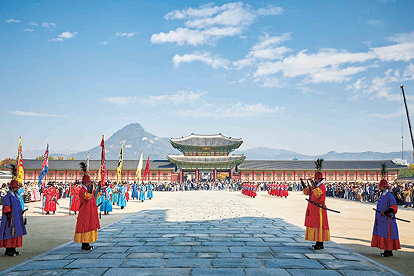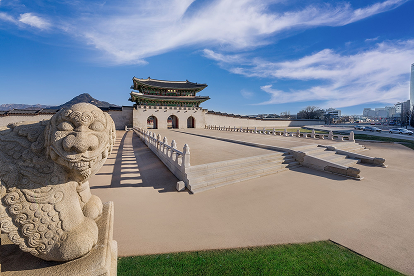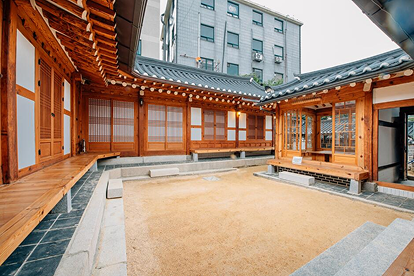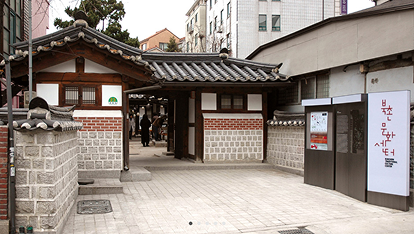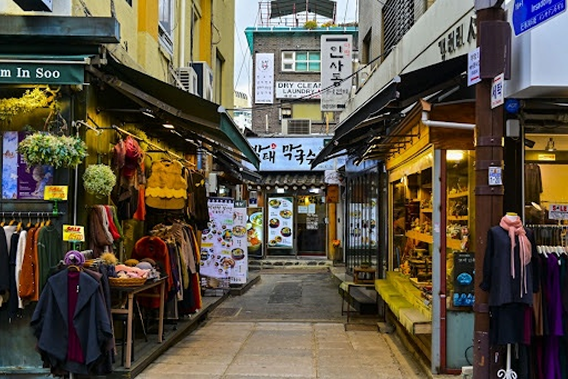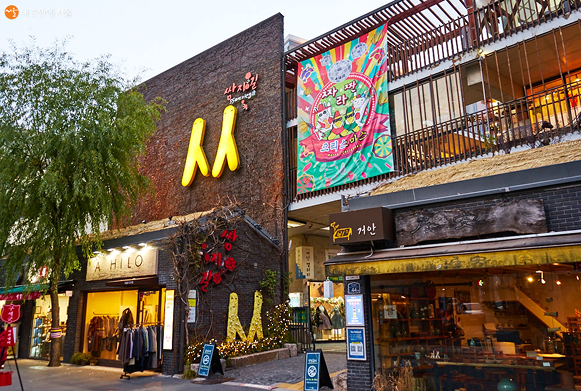– The Grand Palace of Joseon
Gyeongbokgung Palace is the main palace of the Joseon Dynasty and a symbol of Korean history and heritage. It was established in 1395 (the 4th year of King Taejo) after the founding of Joseon in 1392.
Located at the heart of Seoul, the palace served as the political and cultural center of the dynasty.
The name “Gyeongbok” means “the new dynasty will enjoy great fortune and prosperity.” It is also where King Sejong created and proclaimed Hangul, the Korean alphabet.


